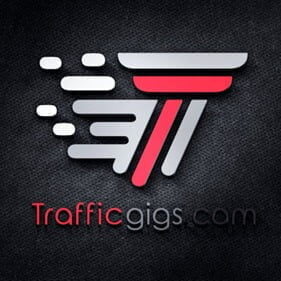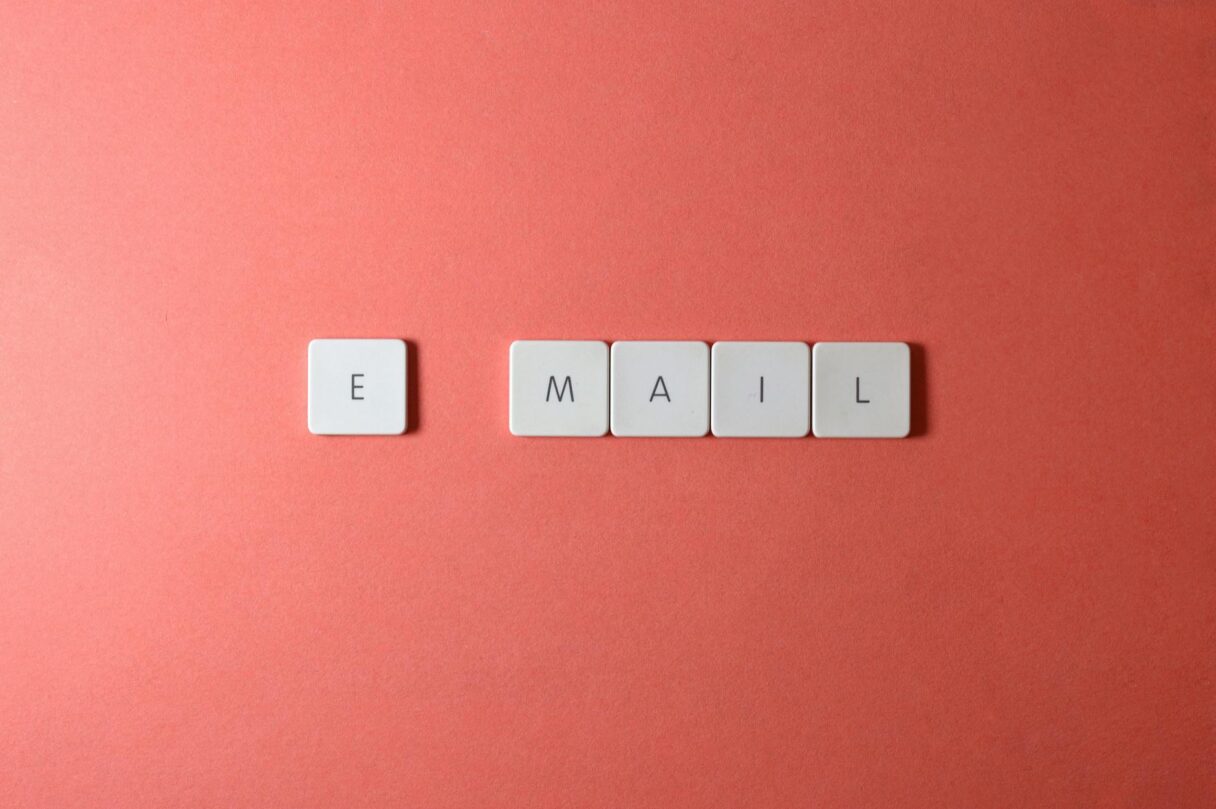An email list is one of the most valuable assets for your online business. It’s a direct line to your audience, allowing you to build relationships, provide value, and promote products or services without relying on algorithms or third-party platforms.
For new online entrepreneurs, growing an email list should be a top priority because it gives you control over your marketing. You can communicate directly with potential customers, keeping them engaged and guiding them toward a purchase or signup.
Building your first email list doesn’t have to be complicated. With a few simple steps, you can start collecting email addresses and begin nurturing your audience. Once your list is established, you’ll have a reliable way to grow your business by staying connected with the people most interested in what you offer.
Choosing an Email Marketing Platform
The first step in creating your email list is choosing an email marketing platform. This is the software that will store your email addresses, allow you to send emails, and provide tools to manage your subscribers. There are many options available, and most of them are beginner-friendly, offering free plans for those just starting out.
Look for a platform that offers features like automated email sequences, list segmentation, and easy-to-use templates. Some popular choices include Mailchimp, ConvertKit, and AWeber. These platforms allow you to create sign-up forms, send broadcast emails, and automate your email campaigns, which is essential as your list grows.
Once you’ve chosen a platform, set up your account and create a list of your subscribers. This will serve as the foundation for your email marketing efforts. You’ll also need to set up a confirmation email, which will be automatically sent to people after they subscribe. This is known as a double opt-in process and ensures that only interested individuals join your list.
Creating a Lead Magnet
To encourage people to join your email list, you need to offer something of value in exchange for their email address. This is called a lead magnet. A lead magnet could be a free eBook, a checklist, a guide, or a discount code—anything that provides immediate value to your audience. The more relevant and enticing the lead magnet, the more likely people are to subscribe.
Think about your audience and what they might find valuable. If you’re in the fitness niche, for example, you could offer a free workout plan. If you’re in the marketing space, you could offer a guide on how to get started with social media marketing. Your lead magnet should solve a problem or meet a need that your audience has, making it a no-brainer for them to sign up.
Once you’ve created your lead magnet, you’ll need to set up an opt-in form on your website. This form is where people will enter their email addresses to receive your lead magnet.
Most email marketing platforms provide pre-designed opt-in forms that you can easily customize to match your brand. Place the form on high-traffic areas of your website, such as your homepage, blog posts, and landing pages, to maximize visibility.
Setting Up Automated Emails
After someone subscribes to your list, you’ll want to send them a series of automated emails to introduce yourself and provide additional value. This is called a welcome sequence, and it’s an essential part of building trust and keeping subscribers engaged.
Your welcome sequence can be as simple as a few emails that introduce your brand, explain what subscribers can expect from your emails, and provide more helpful content. You can also include a call to action, such as encouraging them to follow you on social media or check out one of your products.
Setting up automated emails is easy with most email marketing platforms. You can schedule emails to go out at specific intervals, such as one day after someone subscribes, then two days later, and so on. This keeps your audience engaged without requiring you to manually send emails every time someone new joins your list.
Driving Traffic to Your Opt-In Form
Once your opt-in form is set up and your lead magnet is ready, the next step is to drive traffic to your form so that people can subscribe. There are several effective ways to do this, and the method you choose will depend on your audience and the platforms you’re active on.
One of the best ways to promote your opt-in form is through your website content. Write blog posts that are related to your lead magnet, and include a call to action at the end of each post, encouraging readers to sign up. For example, if your lead magnet is a free guide on SEO, you could write a blog post about SEO tips and offer the guide as a bonus for subscribing.
You can also use social media to promote your email list. Share the benefits of your lead magnet on platforms like Facebook, Instagram, or Twitter, and include a link to your opt-in form. If you have a YouTube channel, mention your lead magnet in your videos and include a link in the video description.
Another effective strategy is to create a dedicated landing page for your lead magnet. A landing page is a standalone page designed specifically to convert visitors into subscribers.
It should focus solely on the benefits of your lead magnet, with a clear and simple opt-in form. You can then drive traffic to this page through social media, paid ads, or by linking to it in your website’s navigation.
Segmenting Your List for Better Results
As your list grows, you’ll want to start segmenting your subscribers based on their interests or behaviours. Segmentation allows you to send more targeted emails, which can improve engagement and conversion rates. For example, if you run an online store, you might create different segments for people who have purchased from you and those who haven’t yet.
Most email marketing platforms offer list segmentation features that allow you to organize your subscribers into different groups. You can segment your list based on how they signed up, which emails they’ve opened, or which links they’ve clicked. This allows you to send more relevant content to each group, increasing the likelihood that they’ll engage with your emails.
For example, if someone subscribed to your list by downloading a free guide on content marketing, you could send them more emails focused on content creation and SEO. On the other hand, if someone subscribed by signing up for a discount code, you might send them promotional emails about your products or services.
By segmenting your list, you can ensure that each subscriber receives content that’s tailored to their interests, which helps build a stronger relationship and increases the chances of turning them into loyal customers.
Nurturing Your List
Once people have subscribed to your list, it’s important to keep them engaged by regularly sending valuable content. This could be in the form of weekly newsletters, blog post updates, exclusive offers, or helpful tips. The key is to provide consistent value so that your subscribers stay interested and look forward to hearing from you.
Make sure your emails are a good mix of educational content and promotional offers. If every email is a hard sell, people are more likely to unsubscribe. Instead, focus on helping your audience solve problems and meet their needs. When you do promote a product or service, they’ll be more receptive because you’ve already built trust by providing valuable information.
Your email list is not just a tool for promoting products—it’s a way to build long-term relationships with your audience. By regularly providing value, you’ll keep your subscribers engaged, increase brand loyalty, and eventually convert them into paying customers.
Growing Your List Over Time
Building your email list is not a one-time task. It’s an ongoing process that will continue as your business grows. As you create more content, launch new products, or expand into new niches, you’ll attract more people to your list. The more value you provide, the more people will want to subscribe.
You can also grow your list through collaborations with other entrepreneurs or influencers in your niche. For example, you could co-create a lead magnet or run a joint webinar, where both of you promote your email lists to each other’s audiences. This is a great way to reach new people who are already interested in what you offer.
Remember, the quality of your email list is more important than the quantity. Focus on attracting people who are genuinely interested in your content and products. A small, engaged list will always outperform a large, disinterested one when it comes to conversions and long-term business growth.
By following these steps, you can create your first email list, nurture your subscribers, and turn your list into a powerful tool for growing your online business. Your email list is an asset that will serve you well for years to come, helping you build relationships, promote your products, and achieve your business goals.


